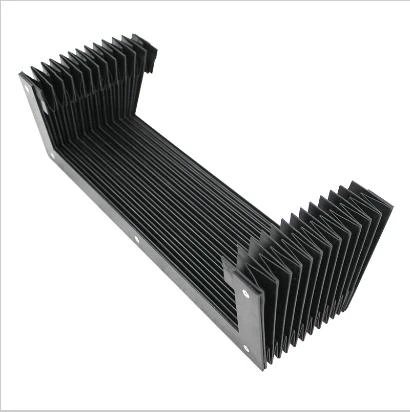cable track
The Importance of Cable Tracks in Modern Infrastructure
In the ever-evolving landscape of modern infrastructure, the role of cable management systems cannot be overlooked. Among these systems, cable tracks have emerged as essential components, providing a solution to the challenges posed by heavy machinery, complex wiring, and the need for organized energy distribution. As industries become more reliant on technology, understanding the significance of cable tracks becomes paramount.
Understanding Cable Tracks
Cable tracks, also known as drag chains or cable carriers, are devices designed to guide and protect cables and hoses in various environments. They are commonly used in manufacturing, robotics, and automated systems where movement occurs along a defined path. These tracks ensure that cables remain tangle-free and are securely housed, minimizing wear and tear that can lead to costly downtimes and maintenance.
The design of cable tracks allows for smooth movement along with machinery that moves in or out, up or down, or around corners. Typically made from durable materials such as steel or plastic, they are engineered to withstand harsh industrial conditions, including exposure to chemicals, extreme temperatures, and mechanical stress.
Enhancing Safety and Efficiency
One of the most significant advantages of utilizing cable tracks is the enhancement of safety within the workplace. Untidy cables can pose tripping hazards or become entangled in machinery. By securing cables within structured tracks, companies can drastically reduce the risk of accidents. Additionally, the organization offered by cable tracks leads to a more efficient workflow. Workers can easily identify important wiring or identify issues without the chaos of loose cables.
Furthermore, the use of cable tracks extends the life of the cables themselves. Without a protective barrier, cables can fray, become damaged, or even suffer from electrical failures. Cable tracks ensure that the cables are correctly positioned and protected from mechanical stress, reducing the likelihood of damage and the associated repair costs.
cable track

Applications Across Industries
The applications of cable tracks span a broad spectrum of industries. In manufacturing settings, they are integral to conveyor systems, where cables associated with electronic controls must be consistently supported and protected from repetitive movement. Robotics also relies heavily on cable tracks, allowing robotic arms and automated machines to function without interruption due to cable mismanagement.
In the entertainment industry, cable tracks are used to facilitate complex lighting and sound equipment, ensuring that cables do not obstruct performances or become a safety hazard. Similarly, in the transportation sector, cable tracks assist in managing wiring systems for trains, trams, and other vehicles, aiding in operational efficiency and safety.
Future Trends in Cable Management
As technology advances, the evolution of cable tracks won't stand still. Innovations in materials science may lead to the development of even more robust and flexible carriers. For instance, the integration of IoT sensors could allow for real-time monitoring of cable health, providing alerts for potential issues before they become critical failures.
Moreover, the design of cable tracks is becoming increasingly customizable, allowing them to fit more seamlessly into existing systems. 3D printing technology may pave the way for tailored solutions that meet specific operational requirements without the constraints of conventional manufacturing.
Conclusion
Cable tracks represent a critical element of modern industrial infrastructure, contributing to safety, efficiency, and longevity of cabling systems. As industries continue to innovate and expand, the importance of effective cable management will only grow. By investing in cable tracks, companies are not only protecting their equipment and improving safety but are also paving the way for enhanced operational efficiency that is crucial in today’s fast-paced, technology-driven economy. Embracing these systems is not just a matter of practicality; it’s a strategic decision that can significantly influence a business’s overall success in the long run.








